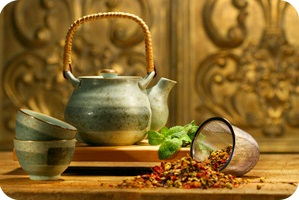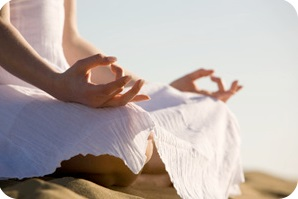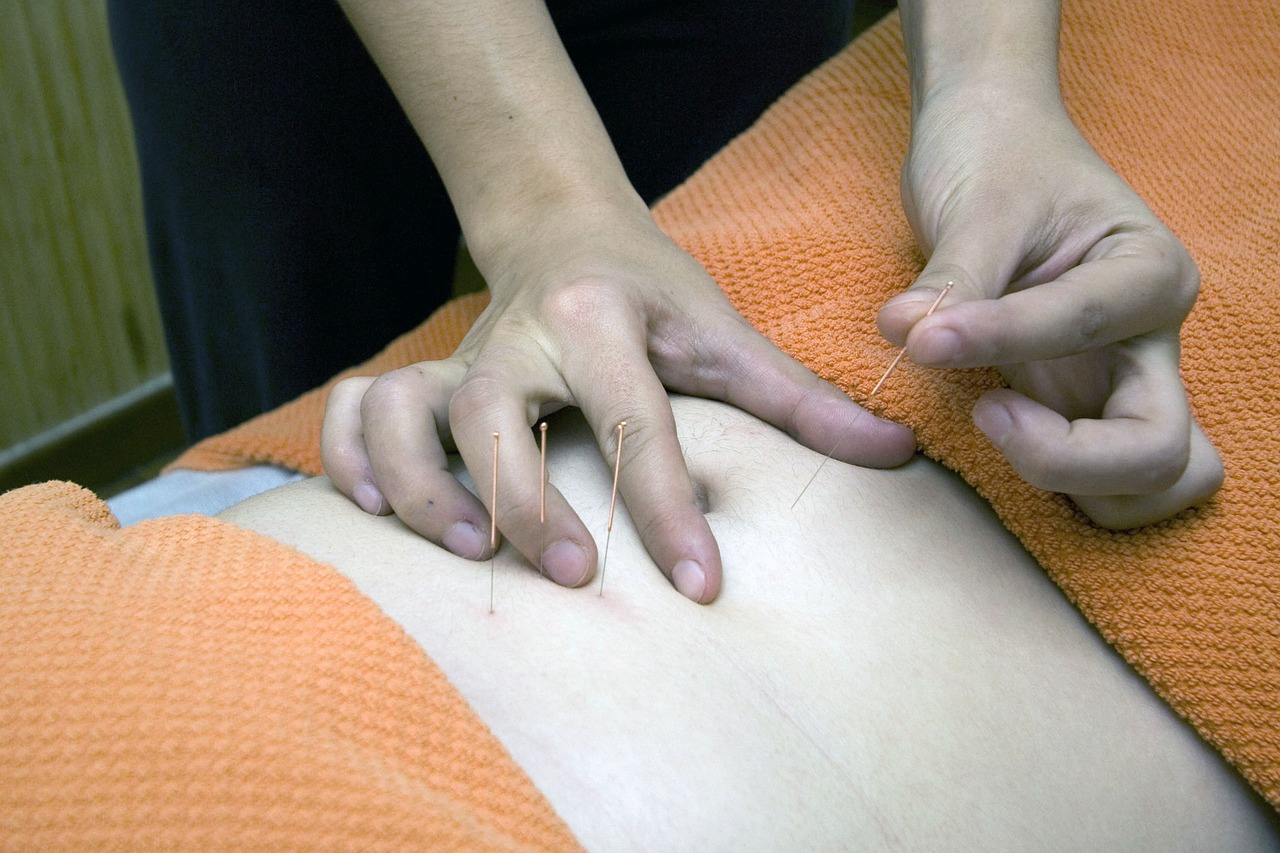Unit 5: Lesson 4: Alternative and Complementary Medicine
Lesson 4: Alternative and Complementary Medicine

Lesson 4: Alternative and Complementary Medicine
One area of health and wellness that has received more attention in recent years is alternative and complementary medicine. Alternative and complementary medicine (CAM) is any healthcare treatment, practice, or system not considered part of conventional medicine. Conventional medicine includes treatments and practices used by medical doctors (MDs) and other allied health providers, such as physical therapists. Alternative medicine is used in place of traditional medicine. For example, someone might use a special diet or herbs rather than conventional medication to treat a condition. Over time, some alternative medicine may become 'traditional' as studies show that the treatment or practice works in place of other medicine choices. Complementary medicine includes treatments or practices used with traditional medicine to treat a condition or illness. For example, someone might use massage therapy or yoga together with a prescription medication to treat an anxiety disorder. Complementary medicine is part of an integrated treatment plan that the physician prescribes to help treat a condition or illness.
Studies on the use of alternative or complementary medicine suggest that over one-third of people in the United States use some form of alternative or complementary medicine, and surveys in this area show that women are more likely to use alternative or complementary therapies than men. Individuals with higher levels of education and those who have been hospitalized in the last year are also more likely to seek alternative or complementary medicine. Individuals who experience chronic neck, back, head, or other pain and those who experience gastrointestinal problems and sleeping issues are also more likely to use alternative or complementary medicine than individuals with different conditions.
Alternative Medical Systems
Some alternative and complementary practices and treatments are parts of larger medical systems, and these alternative or whole medical systems are created from 'specific systems of theory and practice.' Some of these systems came about through practices and knowledge that reached back into ancient times. Let's look at some significant alternative medical systems contributing to alternative and complementary medicine today.
Traditional Chinese medicine (TCM) is one of the medical systems used today. This system focuses on the balance of the qi or chi, which is thought to be the vital life energy of humans. To diagnose an issue, traditional Chinese medicine practitioners will look at a person's background and observe their pulse and other body parts, such as the tongue. From these observations, practitioners diagnose imbalances or disturbances within a person's qi and implement a treatment plan to restore balance. Treatments might include acupuncture, massage, or herbal therapies.

Ayurveda medicine is an alternative system of medicine that originated in India. It focuses on restoring harmony to a person through the balance of mind, body, and spirit, and diagnosing a problem can include asking questions and observing the individual. Ayurveda medicine includes three bodily humors (substances) called doshas. These doshas are Vata (wind), Pitta (bile), and Kapha (phlegm). One of the doshas may be more prominent than the others for an individual, but each individual is thought to have all three doshas. Treatments seek to eliminate impurities in the body through herbal remedies (generally from herbs and plants found in the Indian subcontinent) and dietary changes. Yoga, meditation, massage, and stretching are also common treatments in this system of medicine.

Homeopathy operates on the principle of 'like cures like.' The belief is that a substance that, in a large dose, would create health issues can be used in a small dose to cure the problem. Developed in the late 1700s by a German physician, homeopathy uses minerals, herbs, and other substances in diluted forms. Doses of these diluted forms are thought to kill infections and prevent illnesses from happening.
Naturopathy believes that disease occurs when the body's natural ways of fighting disease have been changed or altered. The emphasis is on restoring health rather than the curing of disease. Various 'treatments' help the body regain health, including diet, homeopathy, hydrotherapy, and herbal medicines.
In addition to these alternative medical systems, many other cultures have used what we now consider alternative or complementary medicine. For example, many Native American, African, and Middle Eastern cultures developed alternative medicine systems in ancient times, and some of these practices are still used within the cultures today.
